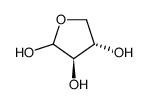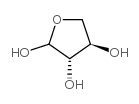| Structure | Name/CAS No. | Articles |
|---|---|---|
 |
D-(-)-threose
CAS:95-43-2 |
|
 |
L-(+)-threose
CAS:95-44-3 |